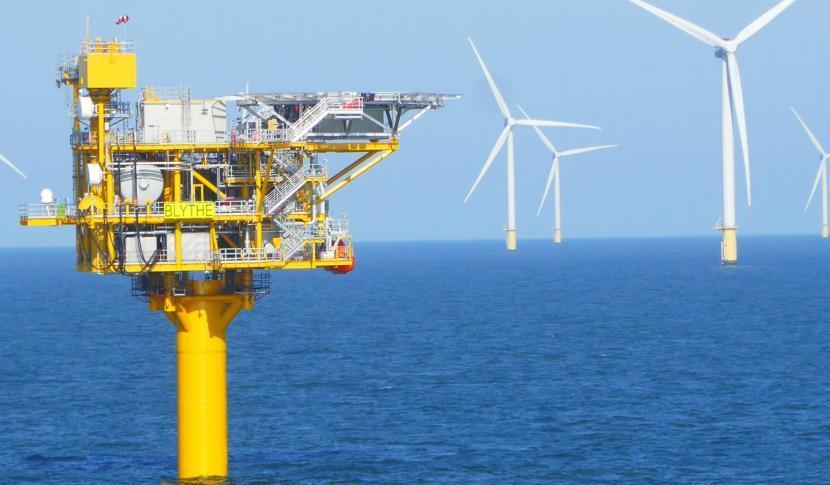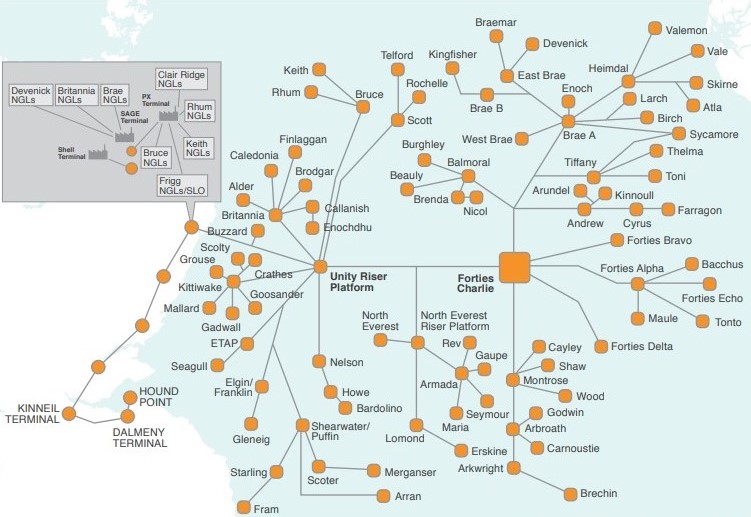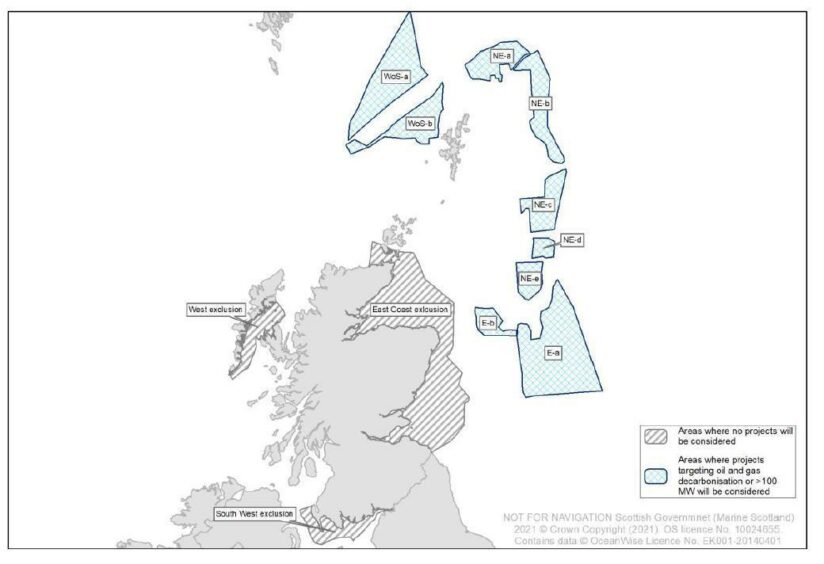
A senior energy transition figure at Shell (LON: SHEL) has shared his “dream” of an integrated network of electricity cables spanning the North Sea.
Sven van den Bedem says the industry has the chance to create an offshore grid system to rival the miles of oil and gas pipelines currently linking fields and countries.
Doing so would allow the benefits of ScotWind and INTOG offshore wind projects to be felt as broadly as possible, he said.
Mr van den Bedem, an energy transition manager at Shell, added: “How do we make sure that we benefit from what we build to the absolute max?
Brent and Forties
“If we go back to the 1970s, companies like Shell and BP built the Brent and Forties network of pipes which allowed platforms to be connected, and for the whole UK to benefit from the very quick powering up of gas and oil.
“When I look at INTOG and ScotWind, there is a real opportunity not just to build things in small islands, but actually to link them all up together.
“Looking 15 years into the future, my dream is one where the pipelines that link Norway, the UK, Denmark, Germany and the Netherlands, are replicated by an HVDC power grid.”
Mr van den Bedem was speaking as part of the ‘targeting decarbonisation with floating wind’ session at the Floating Offshore Wind 2022 conference in Aberdeen.
Intog
He also said creating a far reaching network would support industry endeavours to electrify offshore oil and gas installations, allowing for ongoing production in as low emitting a manner as possible.
Unlike ScotWind, the ongoing INTOG leasing round is designed specifically for offshore wind projects that will power North Sea platforms.
Electrifying assets is the cornerstone of industry efforts to reduce its operational emissions, in line with the demands of the North Sea Transition Deal.
Mr van den Bedem added: “What I’d really like to see is us working together to implement INTOG as efficiently as possible. It can be a stepping stone to that future, to that integrated energy network.”
Recommended for you


 © Step Change in Safety
© Step Change in Safety © Supplied by Marine Scotland
© Supplied by Marine Scotland